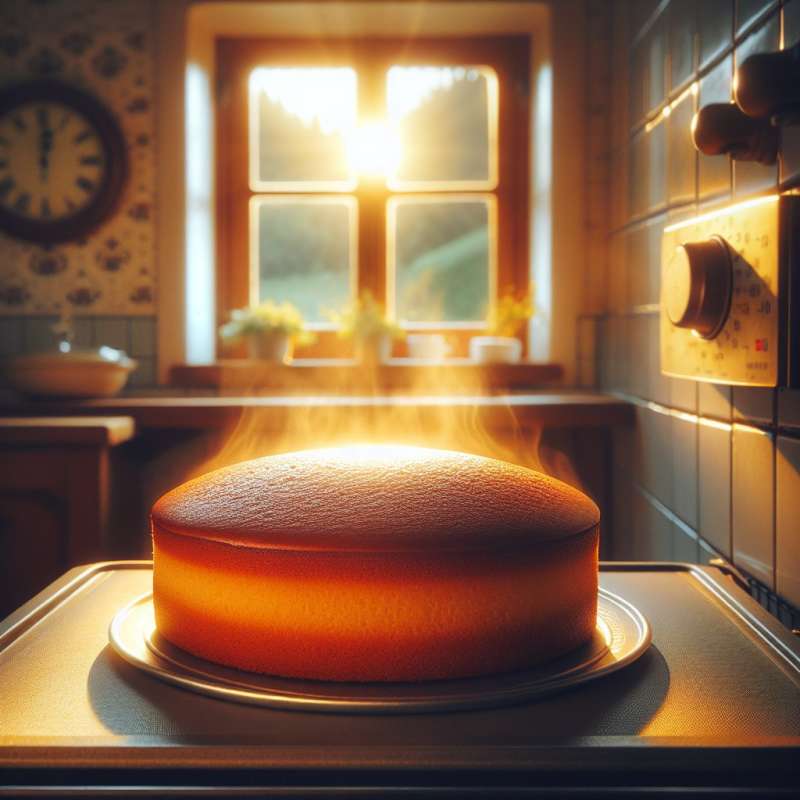
Japanese Cheesecake Origins
Unlike dense American versions, Japanese cheesecake is a light, fluffy delicacy. Emerging in the 20th century, it reflects a fusion of Western techniques and Japanese preferences for softer textures and less sugar.
Ingredients Selection
Quality ingredients are crucial. Use fine granulated sugar, fresh eggs, cream cheese at room temperature, and cake flour for a refined structure. Some recipes also call for a hint of lemon zest or vanilla essence.
Cream Cheese Technique
Cream cheese must be smooth and lump-free. Gently mix with sugar until perfectly creamy. Overmixing can introduce too much air, which may cause the cake to collapse.
Egg Whites Secret
Achieving a meringue with stiff peaks is key. The egg whites should be at room temperature. Add sugar gradually while whisking to create a glossy, firm meringue that holds its shape.
Batter Folding Technique
Fold the meringue into the batter delicately in thirds. This ensures the air isn't knocked out, maintaining the cheesecake's signature fluffiness. Use a spatula and a gentle hand.
Water Bath Baking
Baking in a water bath (bain-marie) prevents cracking by providing even, moist heat. Wrap your cake pan in foil to protect against water seepage and bake at low temperature.
Cooling and Refrigeration
After baking, cool gradually in the oven with the door ajar to avoid sudden temperature change. Chill for a few hours before serving to enhance the cake's delicate flavor and texture.
What defines Japanese cheesecake texture?
Dense and heavy
Light and fluffy
Crunchy and brittle
Company